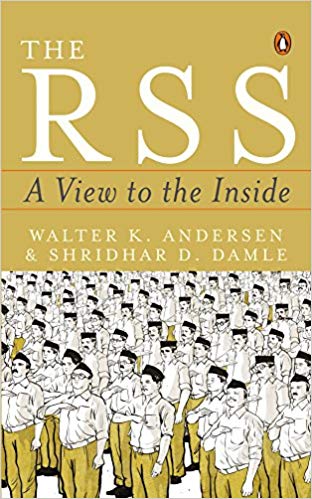The Rashtriya Swayamsevak Sangh (RSS) is ideologically driven, has a strong and complex organizational structure and is demonstrably the most powerful non-government organization in present-day India, with a determining influence in cultural and political life. In terms of its appeal and reach across social and geographical boundaries, both its growth and expansion have been phenomenal. Yet, it remains inexplicably mystifying and beyond the reach of those who wish to understand its unfolding strength objectively.
The literature on the RSS can broadly be classified into two kinds. The first constitutes the texts, originally written by its own leaders and ideologues. And by virtue of its origins, it stands crafted as part of the political strategy meant to propagate the organization’s ideological positions, directed at sharpening the nuances of what it stands for. The second kind, in defiance of its great internal diversity, carries a shared orientation to expose the RSS’s ideological ambition and its menacing potential. This body of literature representing the perspectives and standpoints of the RSS’s critics offers a theoretical critique of its ideological stance and ensuing politics. The critics’ accounts tend to knit a narrative of the Sangh’s historical evolution, and its rather ‘controversial’ role in some of the most momentous events in our recent history. A good part of this literature offers an account of the critical assessment of its core agenda of making India a predominantly ‘Hindu nation’ and its ramifications for a burgeoning liberal democratic polity in India.
What goes missing is an empirical-ethnographic account of the present-day RSS. As the RSS’s growing influence in the political establishment has unprecedented effect, an ethnographic account of how its present-day leadership marks a departure from its rather ‘rigid’ ideological one in the past and also how it deals with the rapid changes that social and political institutions are passing through is of great significance.

